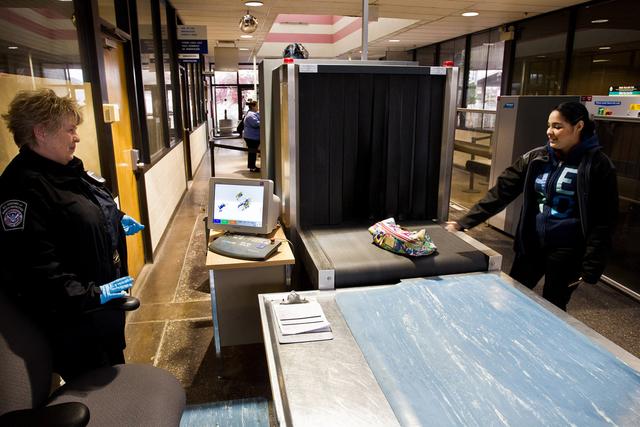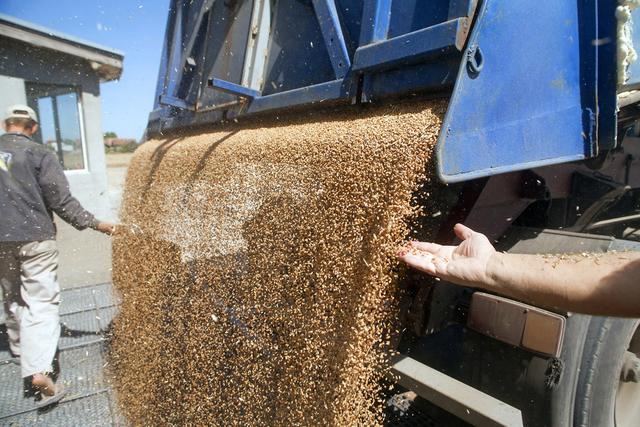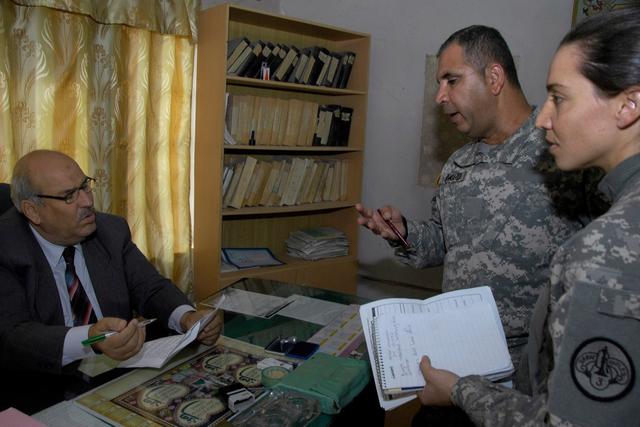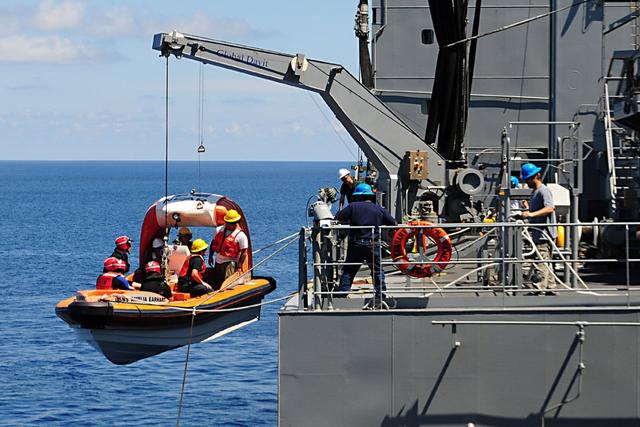Import Export

Overview
Import and export trade today affects almost every person in the world. Imports and exports enable each country to make the best use of its most abundant resources. By exporting its surplus, whether raw materials such as coal, semi-finished products such as cotton stuffs, or finished products such as computers, a country earns the money to import another nation's surplus. Import-export trade involves the building of offices or plants in foreign countries, sending technical or other specialists abroad, and expanding the distribution of a product into the international market.
About 35 million jobs, or one-fifth of persons in private employment, are engaged in activities linked to import or export, according to the U.S. Chamber of Commerce. Each type of import or export arrangement requires several jobs to organize, develop, and maintain the deal. The jobs vary with the product or service offered and with the company's goals for the product overseas. Many overseas jobs are temporary, as when companies send people skilled in setting up a manufacturing process or researching a new market for a few years.
The industry also involves transport companies and the worldwide network of ports, rail terminals, truck depots, and airports through which merchandise passes. Import-export trade is heavily influenced by government policies that affect the value of currency, set import duties that must be paid, set quotas limiting imports, impose standards on imported merchandise (such as safety requirements or inspection for pests), arm our allies with American weaponry, impose embargoes against rogue nations, or create demand for goods that domestic producers cannot meet.
The total dollar value of all the goods and services that America imports outweighs the value of what we export. In 2019 the United States imported more than $3.1 trillion worth of goods from around the world and exported $2.5 trillion in goods to other nations.
The overall imbalance t...














